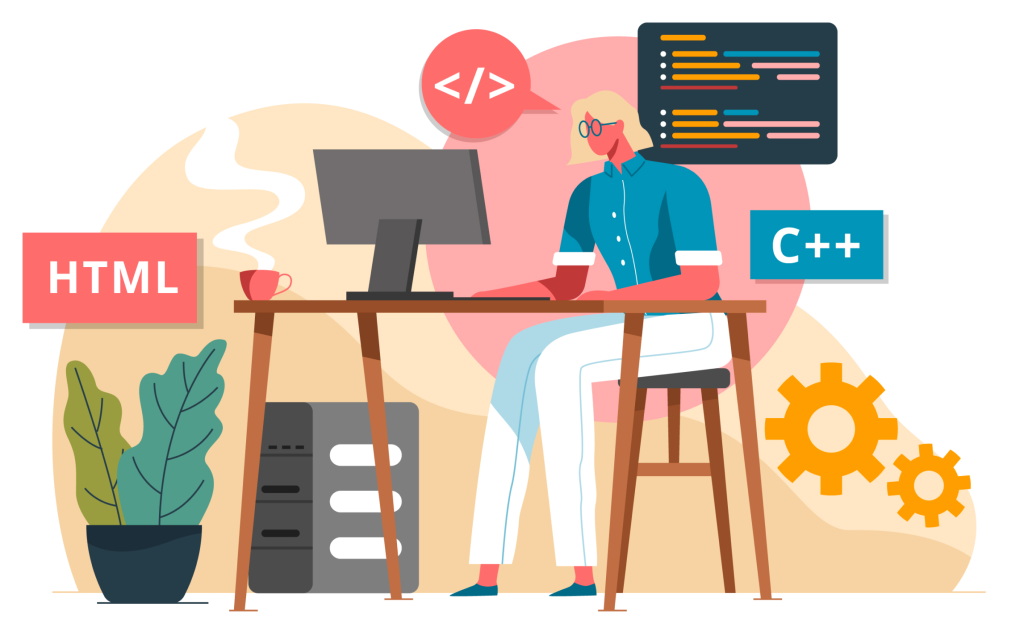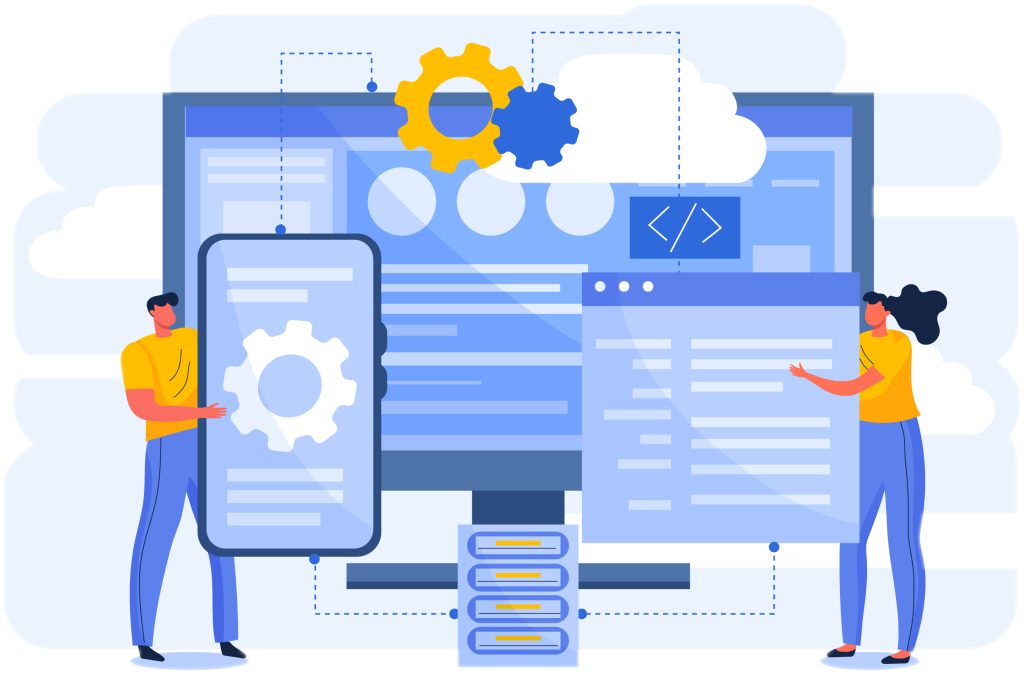Web programming is essential for the development of robust and efficient websites and applications, necessary for any business wanting to establish an online presence. However, hiring a web programming service can be a challenging task. This article will cover the hiring process, from identifying needs to choosing the ideal programmer or agency.
1. Identifying Project Needs
Defining Objectives
Before looking for a programmer or agency, it is crucial to clearly define the project’s objectives. Important considerations include:
- What type of website or application is needed (corporate site, e-commerce, blog, etc.)?
- What are the essential features (content management system, social media integration, payment methods, etc.)?
- What are the deadlines for project completion?
Technical Specifications
Technical specifications for the project should be determined, including:
- Preferred programming languages (HTML, CSS, JavaScript, PHP, etc.)
- Desired platforms or frameworks (WordPress, Magento, Laravel, etc.)
- Design and UX (user experience) requirements
2. Searching for Programmers or Agencies
Where to Look
There are various ways to find web programmers or agencies:
- Freelance Platforms: Sites like Upwork, Freelancer, and Toptal.
- Professional Social Networks: LinkedIn is an excellent platform for finding professionals.
- Local Agencies: Search for well-referenced agencies in the area.
- Recommendations: Ask colleagues or business partners for recommendations.
Selection Criteria
When evaluating programmers or agencies, the following criteria should be considered:
- Portfolio: Analyze past projects to assess the quality and relevance of the work.
- Experience: Check how long the programmer or agency has been in the market and their specialties.
- Feedback and Testimonials: Read previous clients’ reviews to understand the professional’s or agency’s reputation.
3. Evaluating Proposals
Request for Proposals
Contact the selected programmers or agencies and ask for detailed proposals. The proposal should include:
- Description of services offered
- Project timeline
- Total cost and payment methods
- Terms and conditions
Comparing Proposals
Received proposals should be compared based on the following aspects:
- Cost-Benefit: Evaluate if the price charged aligns with the quality and quantity of services offered.
- Timelines: Ensure that the proposed timelines align with the project’s needs.
- Transparency: Ensure that all conditions are clearly described in the proposal.
4. Interview and Selection
Preparing for the Interview
Before making a decision, it is advisable to conduct interviews with the programmers or agency representatives. Prepare a list of questions to clarify any doubts, such as:
- What is the development process?
- What tools and technologies will be used?
- What is the policy on revisions and adjustments?
- How will communication be handled during the project?
Final Evaluation
The decision should be based on a combination of experience, technical skills, communication, and cost. Choose the professional or agency that best aligns with the project’s objectives and expectations.
5. Contract Formalization
Drafting the Contract
A detailed contract should be drafted, including:
- Project description and scope of work
- Deadlines and delivery schedule
- Costs and payment terms
- Intellectual property rights
- Confidentiality policy
- Termination terms
Contract Signing
Ensure both parties sign the contract before starting the project. This will protect the interests of both parties and guarantee that all expectations are clearly defined.
6. Project Management
Regular Communication
Maintain regular communication with the programmer or agency to monitor project progress. Use project management tools like Trello, Asana, or Basecamp to facilitate tracking.
Revisions and Feedback
Review project milestones and provide constructive feedback. This ensures that the final product meets expectations.
Final Testing and Adjustments
Before launch, conduct exhaustive testing to identify and correct any errors or issues. Ensure that the website or application is optimized for performance, security, and usability.
Conclusion
Hiring a web programming service can be a complex process, but by following these steps, it is possible to ensure the right professional or agency is chosen for the project. A well-developed website can bring numerous advantages to a business, from a professional online presence to improved user experience and process automation. Investing time in selecting the right partner is crucial to guaranteeing the success of a digital project.
FAQ
1. How much does it cost to hire a web programmer? Costs vary depending on project complexity, programmer experience, and location. It’s advisable to request multiple proposals for comparison.
2. Should you choose a freelancer or an agency? This depends on project needs and budget. Freelancers may be more affordable and flexible, while agencies can offer a broader range of services and support.
3. What are the most common programming languages for web development? HTML, CSS, JavaScript, PHP, Python, and Ruby are some of the most widely used languages.
4. What should be included in a web development contract? Include project description, deadlines, costs, intellectual property rights, confidentiality, and termination terms.
5. How to ensure the quality of the programmer’s work? Review their portfolio, read past client testimonials, conduct detailed interviews, and maintain regular communication throughout the project.



